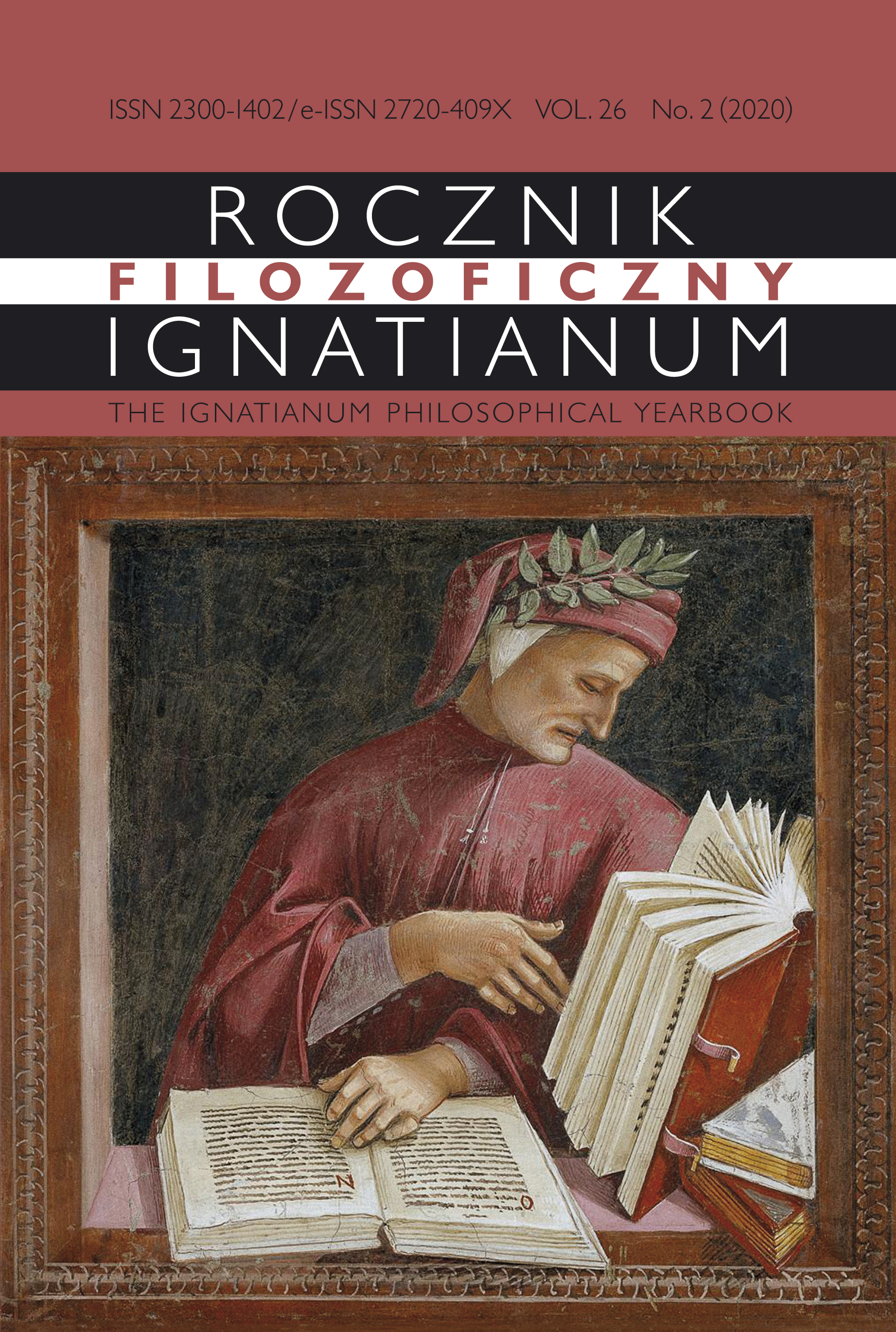The Canticle of the Creatures as Hypotext behind Dante’s Pater Noster
Abstract
The article analyses Dante’s explanatory paraphrase and exegesis of the Lord’s Prayer, which opens the eleventh canto (v. 1–24) of Purgatory. The author reminds us that the prayer is the only one fully recited in the entire Comedy and this devotional practice is in line with the Franciscan prescription to recite it in the sixth hour of the Divine Office when Christ died on the cross. The prayer is reported by the poet on the first terrace of Purgatory, where the proud and vainglorious must learn the virtue of humility, and therefore it symbolizes the perfect reciprocity between man and Godhead. Dante collates and amplifies the two complementary Latin versions of the Lord’s Prayer from Matthew 6: 9–13 and Luke 11: 2–4. The two synoptic texts are supplemented by the Gospel of John, from which Dante takes the concept of celestial bread (manna) – the flesh and the blood of Christ – which nourishes, liberates and sanctifies Christians. Apart from the Bible, Dante also draws upon the Augustinian and Tomistic traditions. However, the main hypotext behind the prayer, which is neither cited nor acknowledged in any explicit form in the Comedy, is the Franciscan Laudes creaturarum (“Canticle of the Creatures”), also known as the Canticle of the Brother Sun. Written in vernacular by St. Francis himself, who is also the author of the Expositio in Pater noster, the Canticle was still recited and sung together with the Lord’s Prayer in the Franciscan communities in Dante’s time. Moreover, following the parallel readings popular nowadays in Dante studies, the author argues that Purgatorio 11 may be elucidated in the context of Paradiso 11, which is the Franciscan canto par excellence, and taken together they both offset cantos 10, 11, 12 of Inferno, which are based on the sin of pride (superbia). The denunciation of pride in and around canto 11 of Inferno alludes to humility – the remedy of such pride in Purgatory 11, which in turn prepares the reader for the encounter with St. Francis – the paragon of humility – in Paradiso 11. The author concludes that the Dantean paraphrase of the Lord’s Prayer is no less than an elaborate exegesis and homage to Christ and His teachings, something which is encompassed in a nutshell in the Sermon on the Mount.
Copyright (c) 2020 Jesuit University Ignatianum in Krakow

Dieses Werk steht unter der Lizenz Creative Commons Namensnennung - Keine Bearbeitungen 4.0 International.
Rocznik przyjmuje do druku wyłącznie materiały, które nie wchodzą w żaden konflikt interesów, żaden konflikt z prawem autorskim itp. Redakcja prowadzi działania przeciw: plagiatom, ghostwriting1, guest/honorary authorship2 itp. Autor pracy zbiorowej, który jest pierwszy na liście, bierze na siebie odpowiedzialność i ma obowiązek przedstawić wkład wszystkich współautorów. Jeśli publikacja powstała dzięki dedykowanym środkom finansowym, należy ujawnić to np. w Podziękowaniu, przypisie itp. Ew. przedruki wymagają jawnego zgłoszenia i okazania odpowiedniego pozwolenia wydawniczego. Autorzy / Recenzenci nierzetelni narażają się na reakcję właściwą stosownym instytucjom.
______
1 Ma to miejsce, gdy osoba mająca istotny wkład jest pominięta na liście Autorów czy w Podziękowaniu.
2 Zachodzi, gdy na liście autorskiej pojawia się osoba mająca znikomy/żaden udział w pracy.





